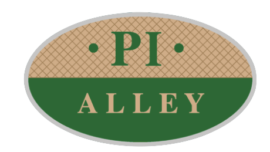Our History
As downtown Boston evolved from a residential to commercial area by the end of the 19th century, the name of this alley evolved from the names of local landowners to one more descriptive of the area. Many small restaurants set up shop in the alley to serve the area’s workers. A staple in many of these places was meat pies, often ordered by colorful names such as “Cat Pie” earning the alley the name “Pie Alley”.
In the days that Washington Street was home to most of the city’s newspaper printing plants, many of the printers and typesetters frequented a tavern in the alley called the “Bell in the Hand” In their haste to get refreshments, newspapermen would often drop pocketfuls of mixed up, loose type (called “pi” in the printing business) on the ground, leading to the name “Pi Alley”. Today, the alley continues the tradition of small businesses serving the people who work in the area, as well as the many tourists and visitors. Learn more about the history of Pi Alley in this Boston Globe article from 7/19/18.
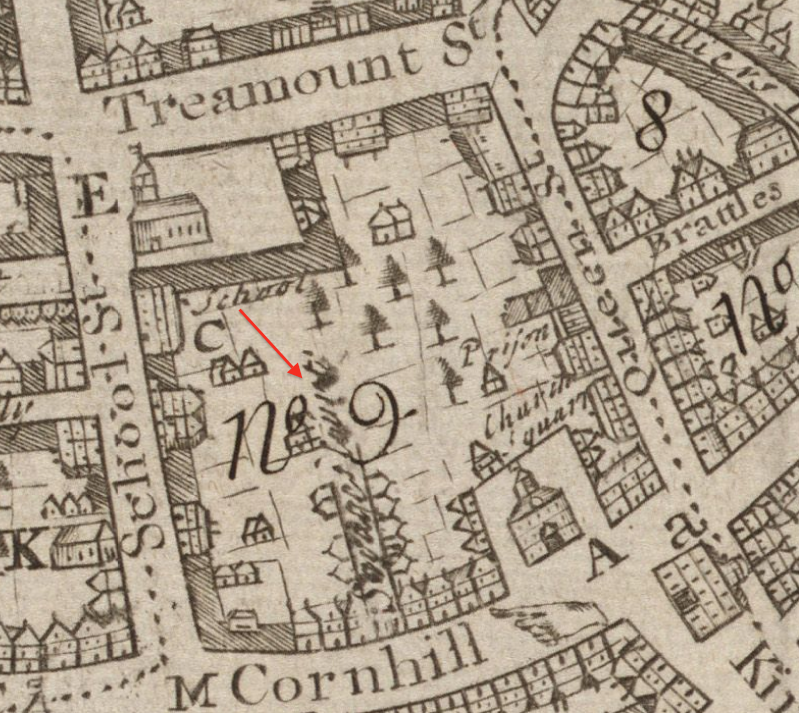
The Freedom Trail
Boston’s sites couldn’t be more accessible to residents and visitors! Sixteen historic sites between Boston Common and The Bunker Hill Monument in Charles town were connected by a red line, and The Freedom Trail was born Guided walking tours of the Trail with colonial costumed characters take place regularly throughout the visitor season, entertaining and educating thousands of people each year.
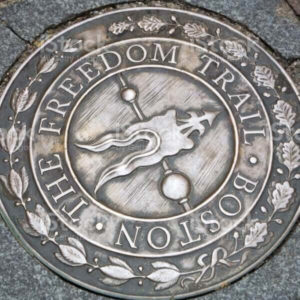
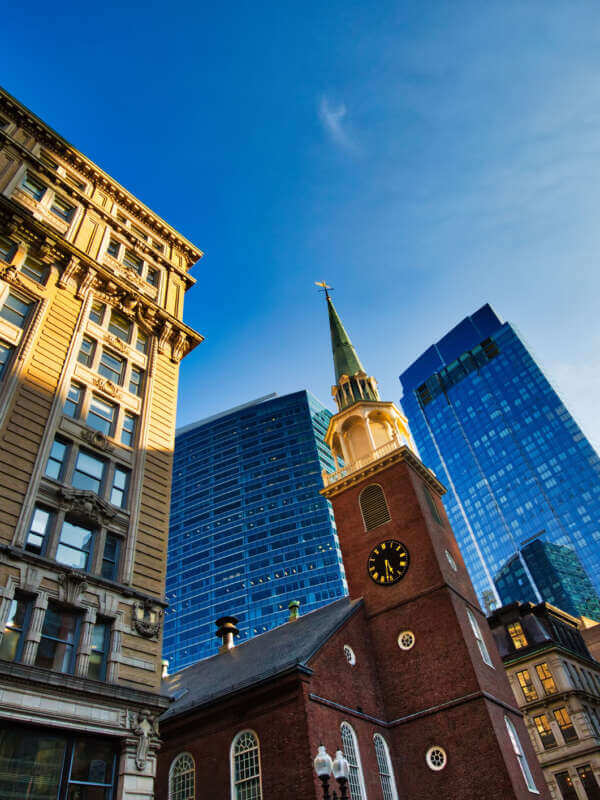
Old South
Meeting House
The Old South Meeting House (built 1729), in the Downtown Crossing area of Boston, Massachusetts, gained fame as the organizing point for the Boston Tea Party on December 16, 1773. 5,000 colonists gathered at the Meeting House, the largest building in Boston at the time. Old South Meeting House has been an important gathering place for nearly three centuries. Renowned for the protest meetings held here before the American Revolution when the building was termed a mouth-house, this National Historic Landmark has long served as a platform for the free expression of ideas. Today, the Old South Meeting House is open daily as a museum and continues to provide a place for people to meet, discuss and act on important issues of the day. The stories of the men and women who are part of Old South’s vital heritage reveal why the Old South Meeting House occupies an enduring place in the history of the United States. The museum and historic site is located at the intersection of Washington and Milk Streets and can be visited for a nominal sum. It is located near the State Street, Downtown Crossing and Park Street MBTA (subway) stations. Faneuil Hall Boston City Hall Old State House
Faneuil Hall
The “Cradle of Liberty,” Faneuil Hall was the site of many fiery town hall meetings. Wealthy merchant Peter Faneuil built it in 1742 as a gift to the town. Faneuil Hall has served as an open forum meeting hall marketplace for more than 250 years. The first floor served as a marketplace for the local townspeople to sell their goods. The second floor housed the town meeting hall. It was the site of several speeches by Samuel Adams, James Otis, and others encouraging independence from Great Britain, and is now part of Boston National Historical Park and a well known stop on the Freedom Trail. Faneuil Hall is now part of a larger festival marketplace, Faneuil Hall Marketplace, which includes three long granite buildings called North Market, Quincy Market, and South Market, and which now operates as an outdoor–indoor mall and food eatery.
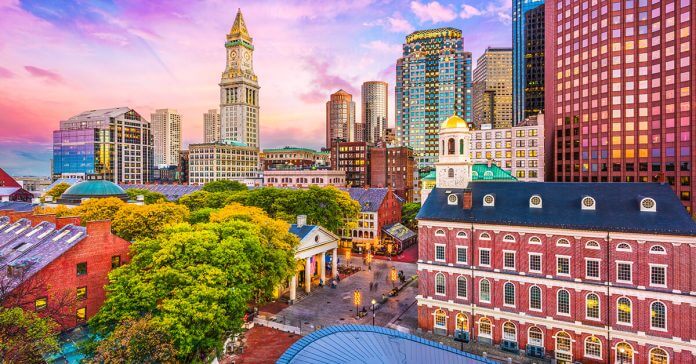
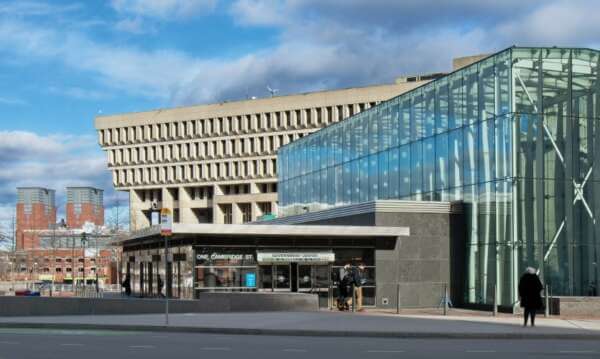
Boston City Hall
Boston City Hall (built 1969) is the seat of the municipal government of Boston, Massachusetts. Architecturally, it is a 9-level, horizontally-oriented Brutalist building designed by Kallmann McKinnell & Knowles. It is located on an unadorned concrete-and-brick plaza in the larger Government Center complex. It is listed among the “Greatest Buildings” by Great Buildings Online, an affiliate of Architecture Week. In the 1976 Bicentennial poll of historians and architects, sponsored by the American Institute of Architects, Boston City Hall was voted the sixth greatest building in American history. Not everyone loves the controversial building however. In general, design professionals admire the design, while many people who live and work outside of the architecture profession dislike the design’s realization. City Hall is located in Government Center in downtown Boston. The adjoining 8-acre (32,000 m2) City Hall Plaza is sometimes used for parades and rallies; most memorably, the region’s championship sports teams, the Boston Celtics, Boston Bruins, New England Patriots and the Boston Red Sox, have been feted in front of City Hall.
